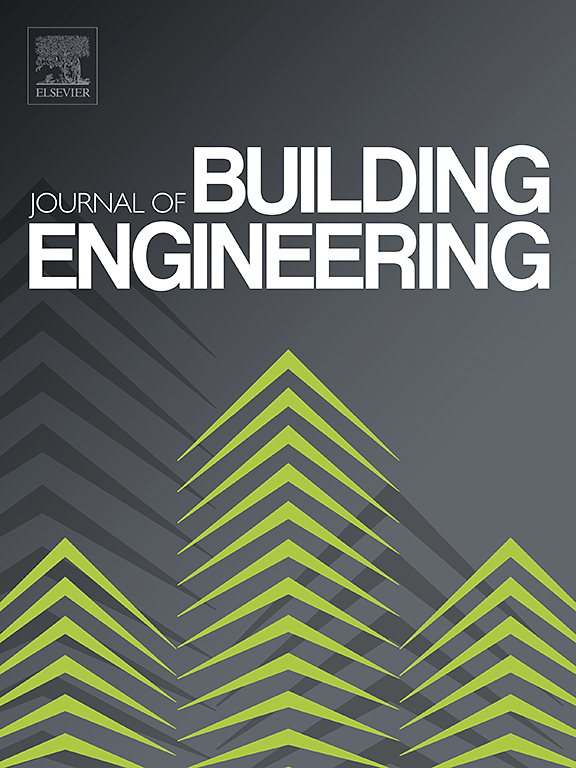通过在网络应用程序中部署可解释的机器学习,快速预测 TRM 加固的非加固砌体墙的抗剪承载力
IF 6.7
2区 工程技术
Q1 CONSTRUCTION & BUILDING TECHNOLOGY
引用次数: 0
摘要
本研究为快速估算 TRM 加固非加固砌体墙的抗剪承载力提供了一个高效可靠的工具。为此,我们提出了一种基于机器学习系统的数据驱动方法,该方法使用的数据集是从参考书目中选取的实验结果。使用库克距离法检测出数据集的离群点,并将其从原始数据集中删除,原始数据集由 113 个实例和 11 个输入变量组成。在处理后的数据集中,对 17 种机器学习方法进行了训练,通过超参数调整进行了优化,并在测试集上进行了比较。最有效的模型是 XGBoost 和 CatBoost 方法的优化实例,这两种方法结合成一个投票模型,充分利用了多个回归器的预测能力。最终的混合模型显示出卓越的预测能力,其判定系数(R2)为 0.95,平均绝对百分比误差为 8.03%。此外,还将该模型的预测结果与现有的分析关系进行了比较,发现该模型在所有模型中表现最佳。随后,应用机器学习解释方法,找出预测因子对目标输出的影响。Am、ft 和 n⋅tf 被确定为最重要的预测因子,主要对剪切能力有积极影响。最后,所构建的机器学习系统被用于一个用户友好型网络应用程序中,以方便专业人员和研究人员访问和使用。本文章由计算机程序翻译,如有差异,请以英文原文为准。
Rapid shear capacity prediction of TRM-strengthened unreinforced masonry walls through interpretable machine learning deployed in a web app
The presented study provides an efficient and reliable tool for rapid shear capacity estimation of TRM-strengthened unreinforced masonry walls. For this purpose, a data-driven methodology based on a machine learning system is proposed using a dataset constituted of experimental results selected from the bibliography. The outlier points of the dataset were detected using the Cook’s distance methodology and removed from the raw dataset, which consisted of 113 examples and 11 input variables. In the processed dataset, 17 machine learning methods were trained, optimized through hyperparameter tuning, and compared on the test set. The most effective models were the optimized instances of XGBoost and CatBoost methods, which combined into a voting model to leverage the predictive capacity of more than a single regressor. The final blended model shows remarkable predicting capacity with the determination factor () equal to 0.95 and the mean absolute percentage error equal to 8.03%. Also, the model’s predictions are compared with those of existing analytical relationships, and it is found to perform the best of all. In sequence, machine learning interpretation methods are applied to find how the predictors influence the target output. , , and were identified as the most significant predictors with a mainly positive influence on the shear capacity. Finally, the built machine learning system is employed in a user-friendly web app for easy access and usage by professionals and researchers.
求助全文
通过发布文献求助,成功后即可免费获取论文全文。
去求助
来源期刊

Journal of building engineering
Engineering-Civil and Structural Engineering
CiteScore
10.00
自引率
12.50%
发文量
1901
审稿时长
35 days
期刊介绍:
The Journal of Building Engineering is an interdisciplinary journal that covers all aspects of science and technology concerned with the whole life cycle of the built environment; from the design phase through to construction, operation, performance, maintenance and its deterioration.
 求助内容:
求助内容: 应助结果提醒方式:
应助结果提醒方式:


